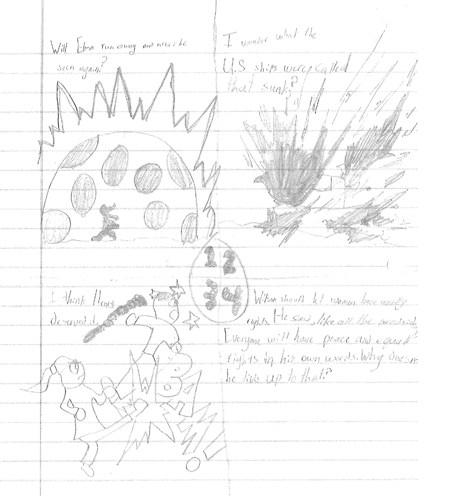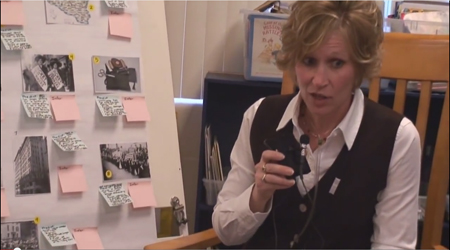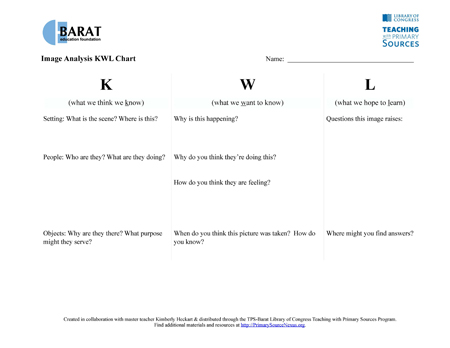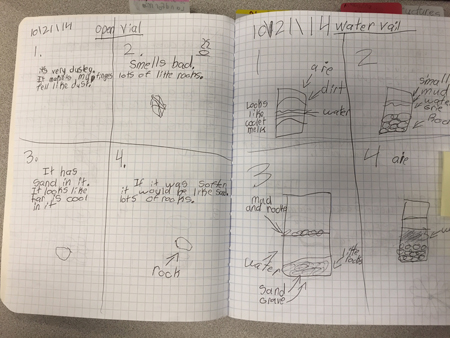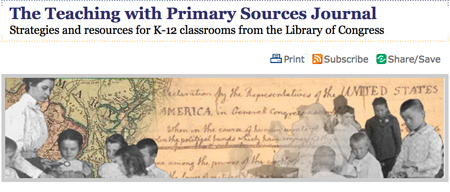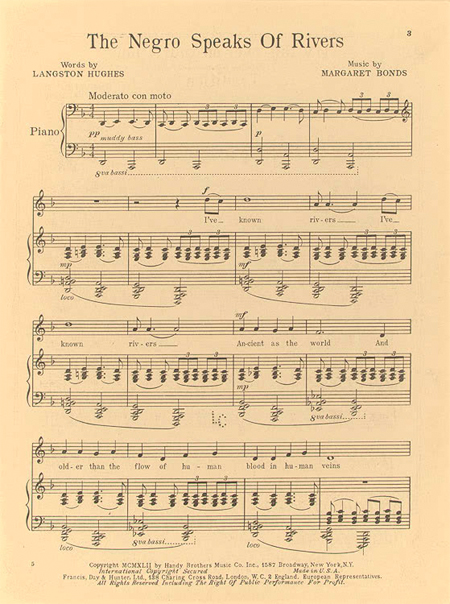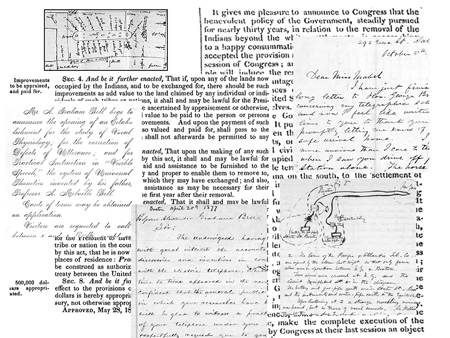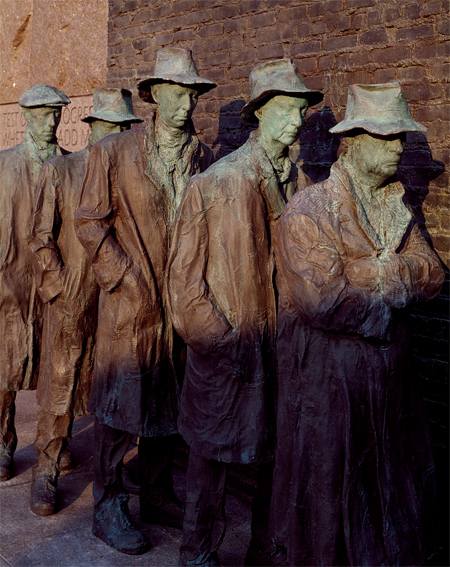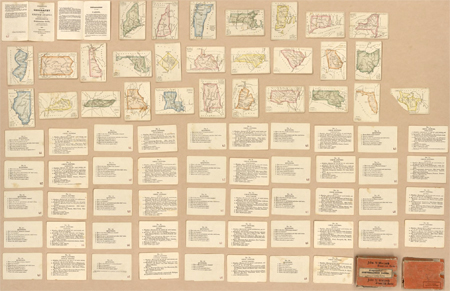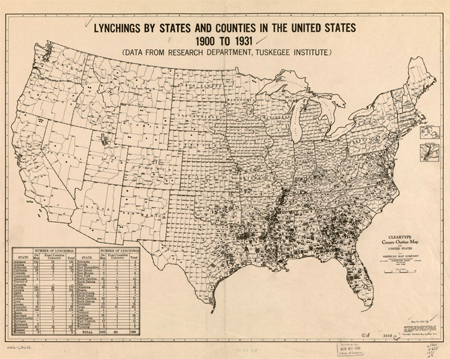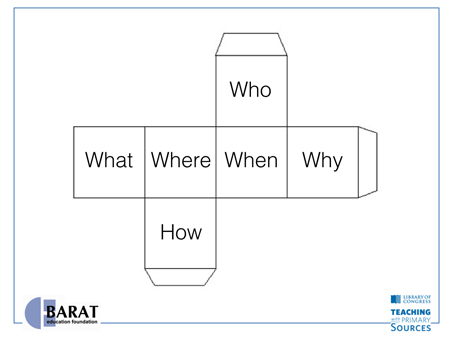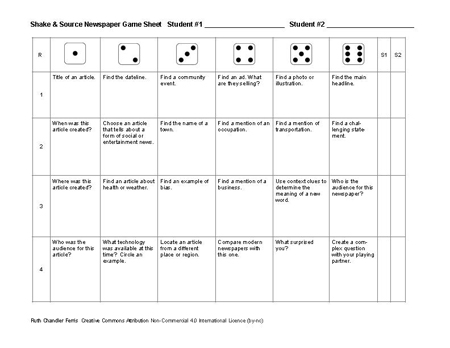Literature Links: Predicting & Inferring About Woman Suffrage
This lesson uses the Predict and Infer strategy; both the lesson and the strategy were created by elementary teacher and adjunct university instructor Kimberly Heckart, of Cedar Rapids, Iowa. Focus Question What did women do to get the right to vote? Content Goal Students build background knowledge of what it was like to be a suffragist and discover how women persistently fought…

